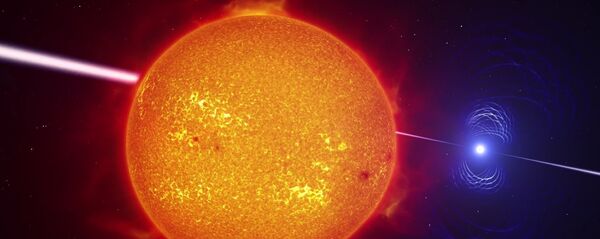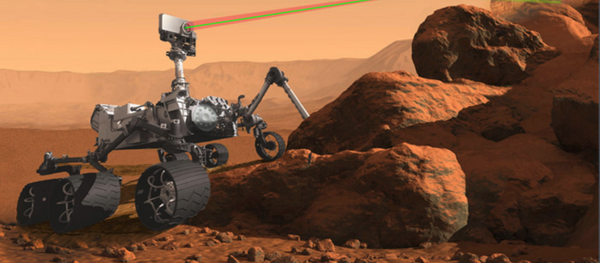The super-Earth is Gliese 411b, a "hot super-Earth with a rock Surface." Gliese 411b orbits Lalande 21185, a red dwarf that is the sixth-closest star and the fourth-closest system to the Sun. Gliese 411b is one of the first planets to be discovered orbiting Lalande, and, at only 8.1 light years away, it is one of the closest-known planets to Earth outside of our Solar System.
But even closer exoplanets are expected to be found. According to Mikko Tuomi, with the University of Hertfordshire's Centre for Astrophysics, researchers are increasingly finding that nearby stars "appear to have planets orbiting them."
"This is something astronomers were not convinced about, even as little as five years ago," Tuomi said in a statement. "These new planets also help us better understand the formation processes of planetary systems and provide interesting targets for future efforts to image the planets directly."
The discovery of 411b and the estimated 59 other planets was done through the Lick-Carnegie Exoplanet Survey, in which the Keck-I telescope in Hawaii was mounted with a spectrometer to identify 114 planets and an estimated 1,600 stars since the experiment began in the 1990s.
Team members call the project an effort to "democratize the search for planets," as Yale's Greg Laughlin put it. "Anyone can download the velocities published on our website and use the open source Systemic software package and try fitting planets from the data."
"The best way to advance the field and further our understanding of what these planets are made out of is to harness the abilities of a variety of precision radial velocity instruments, and deploy them in concert," said team member Jennifer Burt of MIT. "But that will require some big teams to break from tradition and start leading serious cooperative efforts."
But before you start planning a vacation to 411b, consider packing some sunscreen. The name "super-Earth" refers exclusively to size: super-Earths are planets with a mass higher than Earth's but lower than that of Uranus, a planet that is 15 times as massive as our home world. Super-Earths can be gas dwarves, ocean worlds, or rocky planets, such as our own. 411b's close proximity to its star, completing an orbit in 10 days, makes it too hot to support human life.
In 2018, NASA will launch the Transiting Exoplanet Survey Satellite (TESS), which is expected to detect over 1,000 nearby exoplanets.




